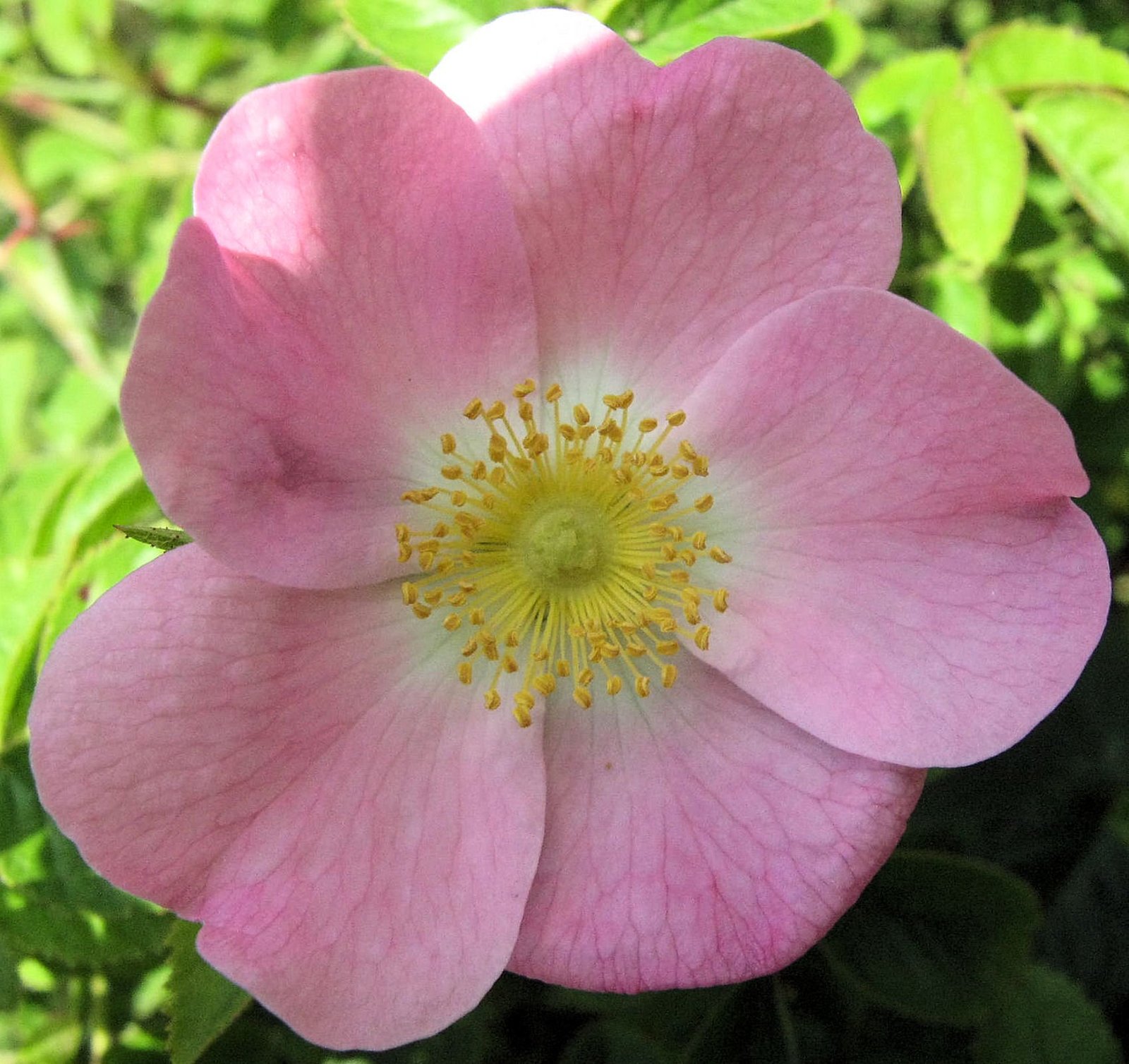Can I Mix Glycerin and Rose Water?

 , licensed under CC BY-SA 2.0
, licensed under CC BY-SA 2.0Yes, you can mix glycerin and rose water to create a beneficial skincare solution. The combination of these two ingredients can provide hydration, soothe skin irritation, and offer anti-aging benefits.
Recommended Ratios for Mixing Glycerin and Rose Water

When mixing glycerin and rose water for skincare purposes, the ratios can vary depending on the desired consistency and the individual’s skin type.
Equal Parts Mix
A simple and effective ratio is to mix equal parts of glycerin and rose water. This mixture can be used as a toner, face mist, or moisturizer[1].
Diluted Glycerin Mix
For a more diluted version, you can use a 4:1 ratio of liquid (distilled water and rose water) to glycerin. For example, mix 1/4 cup of distilled water, 1/4 cup of rose water, and 2 tablespoons of glycerin. This helps prevent the mixture from being too sticky[2][5].
Potential Benefits and Drawbacks
Benefits
- Hydration and Moisturizing: The combination of glycerin and rose water is highly effective in hydrating and moisturizing the skin. Glycerin attracts moisture from the environment and traps it in the skin, while rose water helps in nourishing the skin layers[1][3].
- Anti-inflammatory and Soothing: Rose water has anti-inflammatory properties that can soothe skin irritation and calm the skin. Glycerin helps in protecting the skin against irritants and pollutants[1][3].
- Anti-aging: The antioxidants in rose water help in reducing cell damage, and glycerin aids in improving skin elasticity and barrier repair[3].
- Cleansing and Toning: The mixture can be used as a toner to cleanse the skin, retain moisture, and prevent acne[1].
Drawbacks
- Skin Sensitivity: Some individuals may be allergic to rose water or glycerin, which can manifest as redness, rash, or swelling. It is recommended to do a patch test before using the mixture extensively[3].
- Acne-prone Skin: Glycerin can increase moisture levels, which may lead to breakouts in individuals with acne-prone skin. Adjusting the ratio or using a smaller amount of glycerin can help[3].
- Sticky Feeling: Higher concentrations of glycerin can leave a sticky or tacky feeling on the skin. Diluting the glycerin with more distilled water or rose water can alleviate this issue[2][3].
How to Store the Glycerin and Rose Water Mixture
- Use Distilled Water: To prevent bacterial growth, use distilled water instead of tap water when mixing the ingredients[2].
- Clean and Sterile Containers: Store the mixture in clean, sterile containers such as glass mist or spray bottles. Avoid using containers that may contaminate the mixture[2].
- Cool and Dry Place: Store the mixture in a cool, dry place to maintain its quality and effectiveness. Avoid exposing it to direct sunlight or high temperatures[2].
- Shelf Life: The shelf life of the mixture is generally several months when stored properly. However, if you notice any changes in the texture, smell, or appearance, it is best to prepare a fresh batch[2].
Reference:
- Benefits of glycerine–rose water mixture and how to use it – BeBeautiful
- DIY Rosewater Glycerin Moisturizing Spray – TheMakeYourOwnZone
- Rose water and glycerine for skin: Benefits and how to use – HealthShots
- 5 Reasons to Use Glycerin and Rose Water for Skin – StyleCraze
- How to Make a Glycerin and Rose Water Toner – The Spruce
